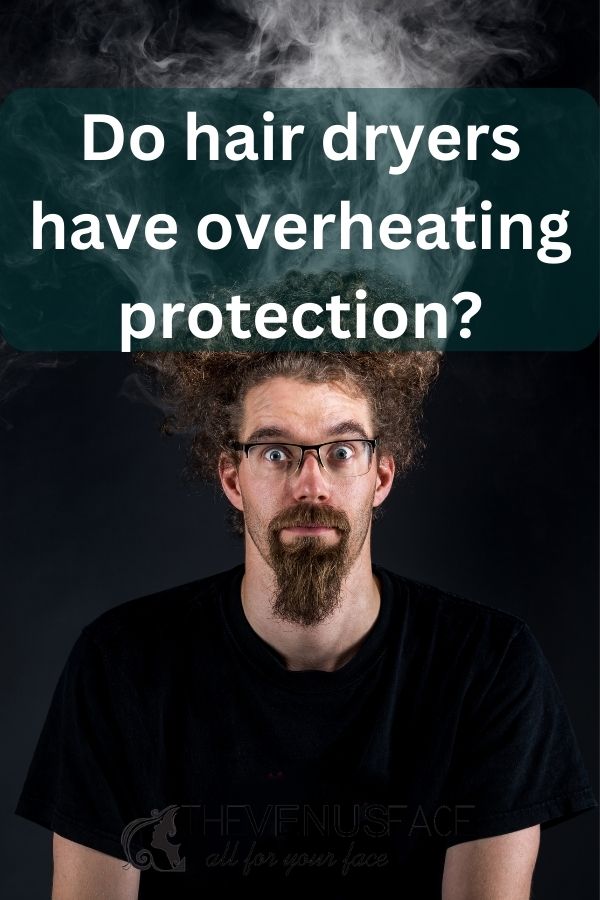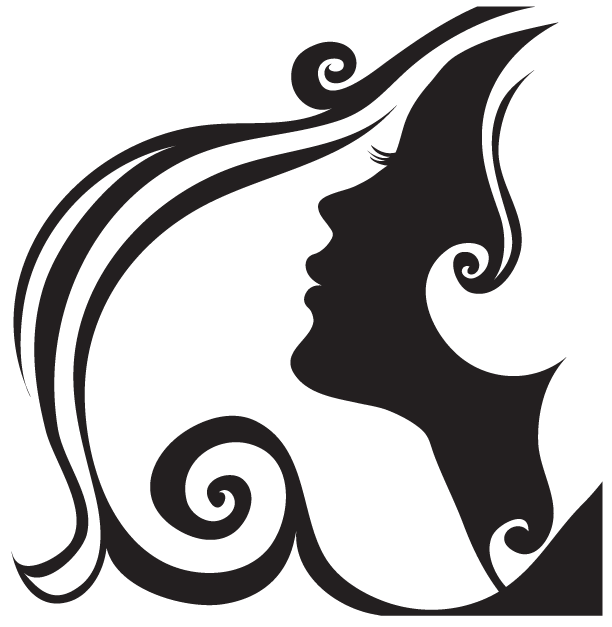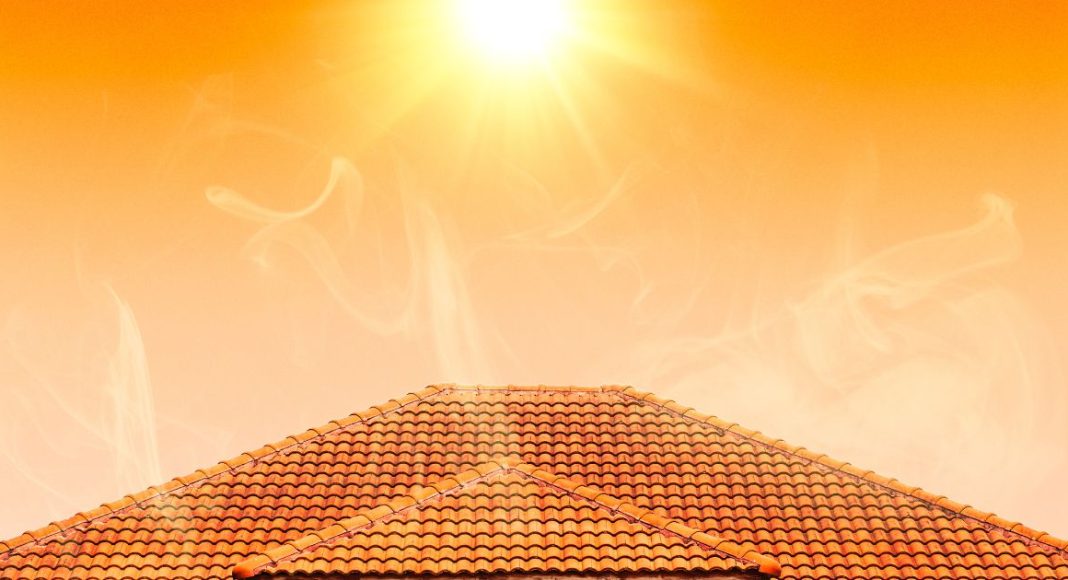Hair dryers are essential tools for many individuals, providing quick and efficient hair drying and styling. However, with the use of heat, there is always a concern about the potential for overheating and the associated risks. To address this concern, manufacturers incorporate overheat protection mechanisms into hair dryers. These safety features are designed to detect and prevent excessive temperatures that could lead to damage or pose a safety hazard. In this article, we will explore the presence of overheating protection in hair dryers, how it works, and why it is important for both user safety and the longevity of the appliance. Understanding these protective measures can help users make informed choices when selecting and using hair dryers.

Do hair dryers have overheating protection?
Hair dryers commonly have overheat protection mechanisms to prevent them from reaching excessively high temperatures. These safety features are essential for user safety and to prevent damage to the hair dryer itself. Here’s what we can gather from the provided information and additional knowledge:
- Hair dryers are equipped with a thermal safety device that cuts off the current when it detects an abnormally high temperature. This mechanism is in place to prevent irreversible damage to the hair dryer and to ensure user safety. When the temperature exceeds a certain threshold, the thermal safety device activates, interrupting the flow of electricity and shutting off the hair dryer.
- The overheat protection mechanism in a hair dryer is designed to activate before the heat can cause any significant damage to the internal components, such as melting or other irreversible damage. This safety feature helps prolong the lifespan of the hair dryer and ensures that it remains functional.
- While the exact implementation of overheating protection may vary between different hair dryer models and brands, the purpose remains the same: to prevent overheating and potential hazards. It is always recommended to follow the manufacturer’s instructions for proper usage and maintenance of your hair dryer to ensure its longevity and safe operation.
In summary, hair dryers generally include overheat protection mechanisms to safeguard against excessive heat and potential damage. These safety features are crucial for user protection and to maintain the functionality of the hair dryer.
More: Can a Hair Dryer Trip an Arc Fault Breaker?
How Overheating Protection Works in Hair Dryers
Now that we understand the benefits of overheating protection, let’s take a closer look at how it functions in hair dryers. Hair dryers incorporate several components to ensure safety and regulate temperature. One of the critical elements is the temperature sensor, which constantly monitors the heat generated by the device.
When the temperature exceeds a predetermined threshold, the temperature sensor sends a signal to the thermal cutoff, which acts as a safety switch. This cutoff interrupts the flow of electricity to the heating element, instantly stopping the production of heat. Once the temperature decreases to a safe level, the thermal cutoff re-establishes the electrical connection, allowing the hair dryer to resume normal operation.
The process of overheat protection activation happens seamlessly and automatically, ensuring that you can use your hair dryer without worrying about potential overheating issues.
More: How Long Can a Hair Dryer Run?
Common Signs of Overheating in Hair Dryers
While hair dryers with overheating protection are designed to prevent excessive heat buildup, it’s still important to be aware of signs that indicate potential overheating. By recognizing these signs early on, you can take appropriate action and prevent any further damage or accidents. Some common signs of overheating in hair dryers include:
- Excessive heat emission: If you notice that the hair dryer becomes unusually hot to the touch during operation, it could be a sign of overheating.
- Unusual smells or burning odors: The presence of unusual odors, such as a burning smell, may indicate that the hair dryer is overheating.
- Frequent shut-offs during operation: If the hair dryer frequently shuts off during use, it may be due to overheating protection mechanisms kicking in to prevent further temperature rise.
If you experience any of these signs, it’s crucial to stop using the hair dryer immediately and allow it to cool down. Continuing to use an overheating hair dryer can pose a risk to your safety and potentially cause damage to the device itself.
More: Why Is My Blow Dryer Not Getting Hot?
The Importance of Regular Maintenance
To ensure the optimal performance of your hair dryer and maximize the effectiveness of its overheat protection, regular maintenance is key. Here are a few maintenance tips to keep in mind:
Cleaning the air vents and filters
Over time, hair dryers can accumulate dust and debris, obstructing airflow and causing the device to overheat. Regularly clean the air vents and filters to maintain proper ventilation.
Checking for loose or damaged components
Loose or damaged parts can affect the hair dryer’s performance and potentially lead to overheating. Regularly inspect the device for any signs of wear and tear, and tighten or replace parts as necessary.
Avoiding excessive use or misuse
Extended usage on high heat settings can strain the hair dryer and increase the risk of overheating. Use the hair dryer as instructed by the manufacturer and avoid unnecessary exposure to high temperatures.
By following these maintenance practices, you can help ensure that your hair dryer remains in optimal condition, providing safe and efficient operation.
Factors That Can Affect Overheat Protection Efficiency
While hair dryers are designed to incorporate reliable overheat protection mechanisms, certain factors can influence their efficiency. Understanding these factors can help you make informed choices when selecting a hair dryer. Some factors that can affect the efficiency of overheating protection in hair dryers include:
Environmental conditions
High humidity levels in the environment can make it more challenging for the hair dryer’s overheat protection to dissipate heat effectively. Consider the environmental conditions in which you typically use the hair dryer.
Manufacturer quality and design
Reputable manufacturers often invest in research and development to ensure their hair dryers meet safety standards. Opt for brands known for their quality and commitment to safety.
Length and thickness of hair
People with long or thick hair may require longer drying times, increasing the risk of overheating. If you have long or thick hair, consider choosing a hair dryer with robust overheat protection.
Taking these factors into account can help you select a hair dryer that offers reliable overheat protection for your specific needs.
The Future of Hair Dryer Technology
As technology continues to advance, we can expect to see further improvements in hair dryer safety features, including overheat protection mechanisms. Manufacturers are constantly exploring ways to enhance user safety and overall hair drying experience. Some potential advancements on the horizon include:
Advances in overheat protection mechanisms
With ongoing research and development, overheating protection in hair dryers is likely to become even more efficient and reliable. Manufacturers may incorporate new sensors and advanced thermal cutoffs to provide enhanced safety.
Integration of smart features for enhanced safety
The integration of smart technology in hair dryers opens up possibilities for enhanced safety features. Smart hair dryers may have built-in sensors that continuously monitor temperature and airflow, providing real-time feedback and alerts to prevent overheating.
As technology progresses, these advancements will contribute to safer and more efficient hair-drying experiences.
More: Why Do Lights Dim When Using Hair Dryer?
FAQs (Frequently Asked Questions)
Can a hair dryer catch fire?
Hair dryers with reliable overheat protection mechanisms are designed to minimize the risk of fires. However, if a hair dryer malfunctions or is used improperly, it can potentially pose a fire hazard. It’s important to follow safety guidelines and promptly address any signs of overheating or malfunction.
Is it safe to leave a hair dryer unattended?
It is generally not recommended to leave a hair dryer unattended while in use. Although hair dryers with overheating protection provide an added safety measure, it’s best to monitor the device during operation to ensure safe usage and prevent any potential accidents.
Can I use a hair dryer near water?
No, you should never use a hair dryer near water sources. Water and electricity do not mix, and using a hair dryer near water can pose a serious electrical hazard. It’s crucial to keep the hair dryer away from sinks, bathtubs, or any other water sources to ensure your safety.
More: What to Do if Your Blow Dryer Gets Wet?
How often should I clean my hair dryer?
To maintain optimal performance and safety, it’s recommended to clean your hair dryer regularly. Cleaning the air vents and filters every few weeks can help prevent dust and debris buildup, ensuring proper airflow and reducing the risk of overheating.
Can I repair an overheating hair dryer myself?
While some minor issues can be resolved with basic troubleshooting, it’s generally advisable to seek professional assistance for repairing an overheating hair dryer. A qualified technician can accurately diagnose and address any underlying issues, ensuring the safety and proper functioning of the device.


